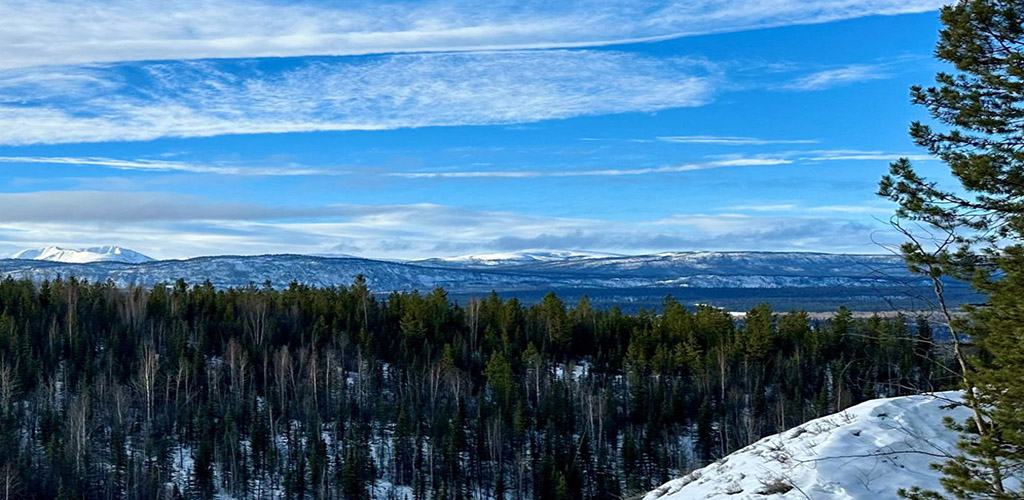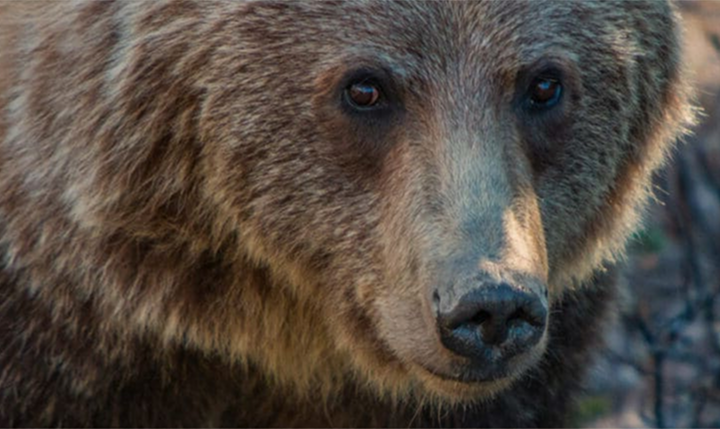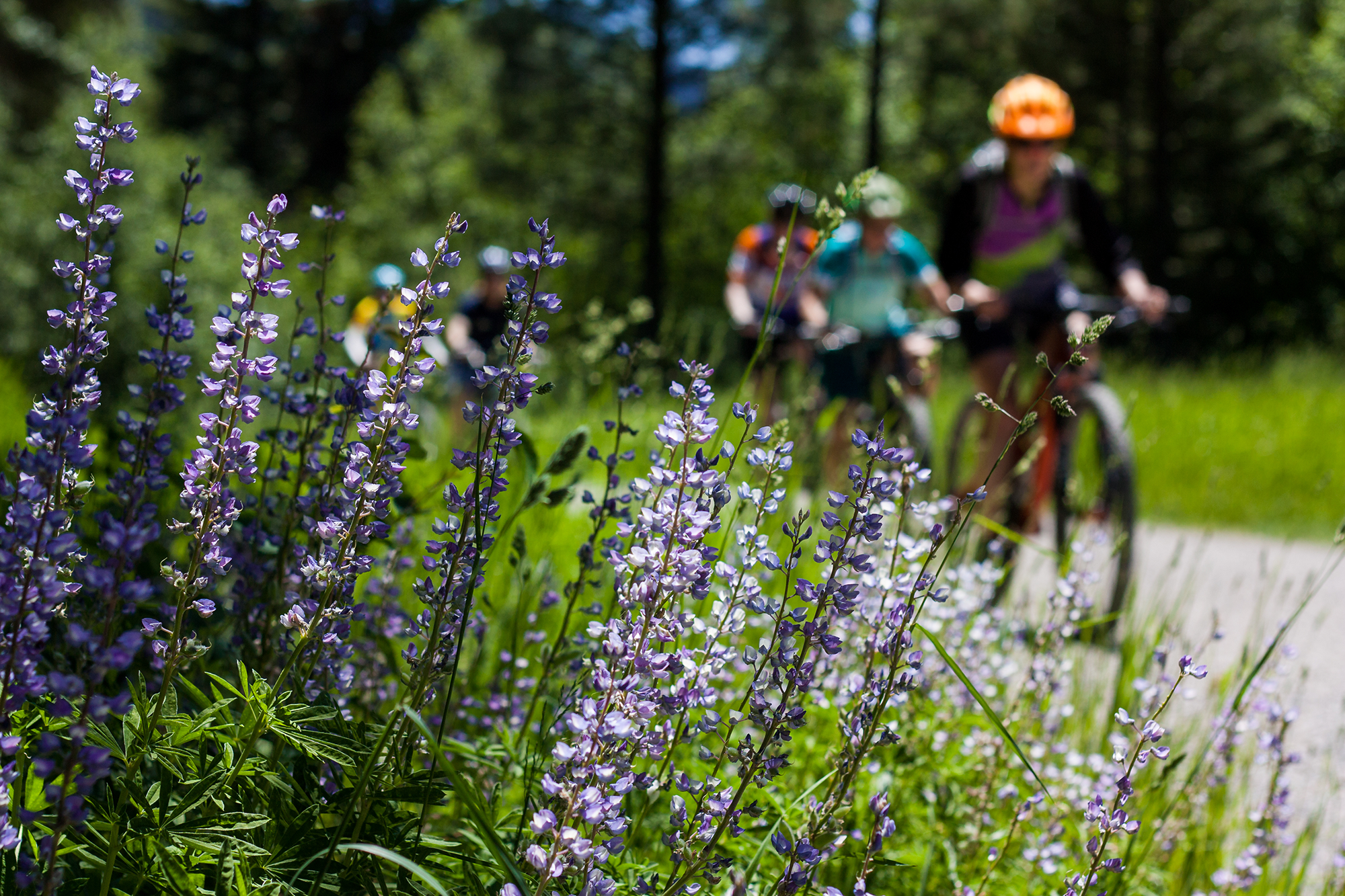Scott Niedermayer is a Hockey Hall of Famer, two-time Olympian, four-time Stanley Cup champion and conservationist who lives in B.C. He is a member of the board at Yellowstone to Yukon Conservation Initiative.
Northwest British Columbia, with its salmon runs, thick forests and ample mining deposits is a particularly special place in our province. It’s rich in resource potential, but also plants and animals, intact habitat, clean water, and cultural history. And for me, family history too: as a kid I lived in Cassiar.
In today’s world, cities and regions compete for investment, jobs, and people. Smart land use planning is how places win. Why do some areas boom while others decline? Often it comes down to provincial planning decisions made decades ago. This future looking work is imperative in making sure everyone thrives.
The link between hockey and nature may not be clear to others, but for me it’s an increasing life focus. As an athlete living on this planet I want to do the right thing and help everything function as well as it can. In hockey you need strategy and a plan, with all members of the team on board. So, this type of planning makes sense to me.
In late May the Premier made a strong move to set us up for stable times ahead that includes wildlife, our communities, Indigenous knowledge, and jobs. The northwest strategy is a modern, bold approach to planning ahead to protect wildlife corridors and support Indigenous conservation efforts, while also creating new opportunities for the towns and communities of this part of the province.
And now land-use planning is underway.
The decisions made today on water rights and renewable energy projects, resource extraction, or park creation are among the provincial decisions that shape local economies for generations. An important part of getting it right is seeking local perspectives. Communities and people like us must be part of identifying the needs and issues — and finding solutions.
This means our governments must work together to make sure traditional laws, values and knowledge are part of any plan. Indigenous Peoples have stewarded lands, waters, plants and animals since time immemorial and are often at the forefront of nature conservation, around the world and in B.C.
In part, this is due to their deep knowledge and traditional practices with an understanding of how living and non-living parts of nature work together. This knowledge is very important for protecting our planet and can help address ways to help nature heal.
As part of this plan, the knowledge and work of various First Nations have been essential as they steward their traditional lands and waters to uphold Indigenous culture and law.
Heading into 2030 and beyond, our most important job is to protect big, healthy natural areas — intact forests, rivers, and mountains — before they are damaged.
Once these special places are gone, they can’t be brought back easily. In addition to keeping these places intact, we also need to stop animals from going extinct and restore degraded areas.
One way to do this is through Indigenous-led conservation. The nations with territories in the northwest have declared and created proposals that would make sure there is continued prosperity, but not at the cost of the most precious resources of all: our health and environment.
If we are going to stop the decline of nature and stand against the worst impacts of a changing climate, we also need to change how our economy works. It must help people live good lives while also protecting nature. That starts with land-use planning.
Because without nature, we have nothing. And we can’t afford to go into overtime.


